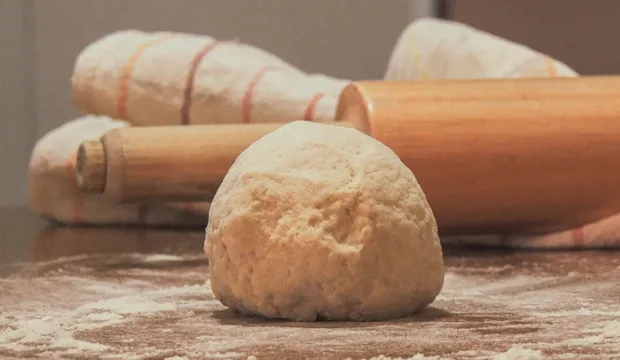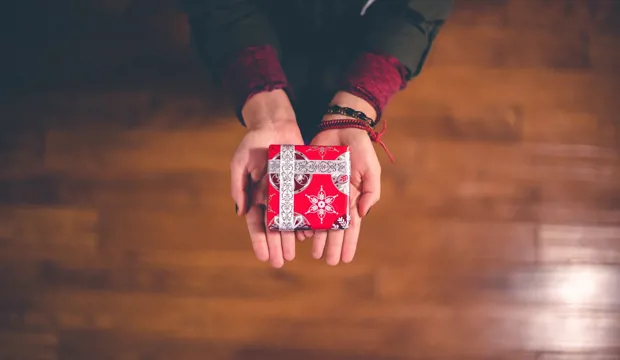
Insulator experiment
Protect Santa's packed lunch with this fun insulator experiment
Santa always likes to take a delicious packed lunch on Christmas Eve, so he doesn’t get too hungry on the way. The only problem is that often his lunch becomes too warm, and he can’t eat it. Can you help solve the problem?
This activity can function as a fun science experiment for kids in which students will observe the effects of thermal energy on change of state.
What equipment will you need?
Ice cubes with a small Christmas toy frozen inside (cake decorations are ideal for this or any small Christmas toy/decoration), 5 different types of material, which could include bubble wrap, plastic bag, wool, cotton, foam, tin foil etc., Small containers big enough to put wrapped ice cubes in.
How to do it
- Step 1 - Choose which materials you think will keep his lunch cold for the longest.
- Step 2 - Wrap up each ice cube singly, in one material each, being careful to have the same number of layers for each material. Put each wrapped ice cube in a container. Remember, we are trying to make this a fair test, so what else do you need to keep the same?
- Step 3 - Decide where to put your ice cubes and how often to check them. What signs will you look for to tell you which material works best?
- Step 4 - Why do you think some ice cubes are melting more quickly than others? Do you think the cold from the ice cube is getting out, or the warmth from the air is getting into the ice cube?
- Step 5 - Which material kept your ice cube frozen for the longest? When you have decided which material is best, design a lunchbox to keep Santa’s lunch cool this Christmas Eve.
What is thermal energy?
Materials melt because of heat, a form of energy (thermal energy). All objects are made up of particles which are in a constant state of motion. Cold objects have less thermal energy than warm objects and the particles which make them up will be moving much more slowly. If we put a cold object next to a warm object, they will exchange thermal energy until they achieve thermal equilibrium – and become the same.
We can stop or slow down this energy exchange by using a thermal insulator. Good thermal insulators have very strong bonds to hold their particles in place, stopping the particles from moving around easily and transferring energy to other particles.
Which materials do you think are good thermal insulators?
Download the free Insulator experiment activity sheet below!
All activity sheets and supporting resources are free to download, and all the documents are fully editable, so you can tailor them to your students’ and your schools’ needs.
The activity sheet includes teacher notes, guidance, useful web links, and links (where appropriate) to the national curriculum in each of the four devolved UK nations; England, Northern Ireland, Scotland and Wales.
Oh ho ho, and please do share your experiment highlights with us @IETeducation! #SantaLovesSTEM.
Available Downloads
Videos
Insulator experiment to protect Santa's packed lunch
A quick and easy science experiment to learn about fair testing and insulation



